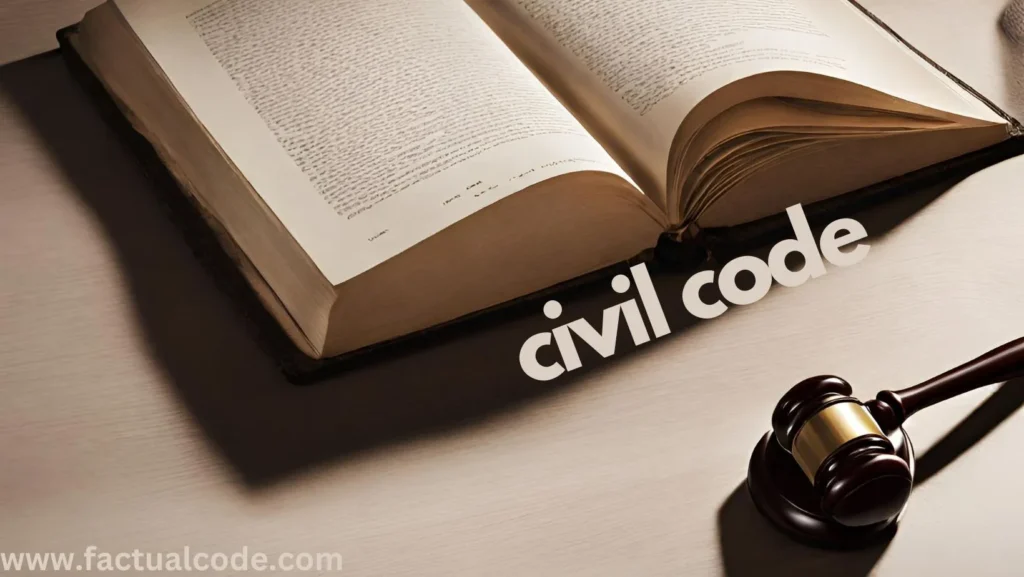Introduction
Misjoinder of parties occurs when incorrect parties are joined in a legal proceeding, either by including parties who have no legal connection to the matter or by excluding necessary parties. Understanding this concept is essential for law students, as procedural defects like misjoinder can affect the smooth administration of justice and the final outcome of a case.
Legal Framework on Misjoinder of Parties
Under the Code of Civil Procedure, 1908 (CPC)
The CPC governs procedural aspects related to misjoinder of parties in India:
- Order I, Rule 1: Permits joinder of plaintiffs if the right to relief arises from the same transaction or series of transactions, and a common question of law or fact is involved.
- Order I, Rule 3: Allows joinder of defendants if the right to relief arises from the same transaction or occurrence, and a common issue of law or fact exists.
- Order I, Rule 10: Grants courts the power to strike out or add parties at any stage of the proceedings to ensure proper adjudication.
Under the Federal Rules of Civil Procedure (U.S.)
The Federal Rules of Civil Procedure (FRCP) provide similar guidelines:
- Rule 20(a): Allows permissive joinder of parties when claims arise from the same transaction or occurrence and involve common questions of law or fact.
- Rule 21: Enables the court to correct misjoinder by adding or dropping parties at any stage of litigation.
Types of Misjoinder of Parties
Misjoinder of Plaintiffs:
When plaintiffs without a common legal interest are improperly joined in a single suit.
Example: Multiple plaintiffs filing unrelated claims together without any legal nexus.
Misjoinder of Defendants:
Occurs when defendants with no common liability or connection to the same transaction are joined together in a case.
Example: Suing unrelated individuals jointly in a property or contractual dispute without any legal link.
Consequences of Misjoinder
Procedural Complications:
- Leads to unnecessary delays and confusion in litigation.
- Increases the complexity of legal proceedings and results in additional costs.
Judicial Discretion:
Courts have wide discretion to rectify misjoinder through the following methods:
- Striking out improperly joined parties.
- Ordering separate trials for misjoined parties.
- Dismissing claims involving unnecessary parties to avoid procedural prejudice.
Judicial Interpretation: Key Case Laws
India
Prem Lala Nahata v. Chandi Prasad Sikaria, AIR 2007 SC 1247:
The Supreme Court clarified that misjoinder of parties can be corrected under Order I, Rule 10 of the CPC without affecting substantive rights.Ramesh Hirachand Kundanmal v. Municipal Corporation of Greater Bombay, (1992) 2 SCC 524:
The court emphasized that unnecessary parties should be struck off to streamline litigation. It also laid down principles for determining proper and necessary parties.
United States
Kedra v. City of Philadelphia, 454 F. Supp. 652 (E.D. Pa. 1978):
The court addressed the misjoinder of police officers in a civil rights case, ruling that the claims did not arise from the same transaction, necessitating correction.Temple v. Synthes Corp., Ltd., 498 U.S. 5 (1990):
The U.S. Supreme Court held that misjoinder is not grounds for dismissal of an entire action. Instead, misjoined parties can be severed or dismissed without affecting the substantive case.
Rectifying Misjoinder
Courts provide several remedies to address misjoinder, including:
Amendment of Pleadings:
Plaintiffs are often permitted to amend pleadings to correct misjoinder.
Severance:
Courts may order separate trials for misjoined parties to ensure efficient and fair resolution.
Dismissal:
Courts can dismiss improperly joined parties to avoid prejudice or complications in the proceedings.
Conclusion
Misjoinder of parties is a procedural issue that, if not addressed, can disrupt the smooth administration of justice. Courts have the power to rectify misjoinder to ensure that legal proceedings remain focused on substantive issues. Law students must understand these principles to navigate litigation effectively. Through the study of case laws and procedural rules, students can develop a comprehensive understanding of how misjoinder is identified and corrected in practice.

